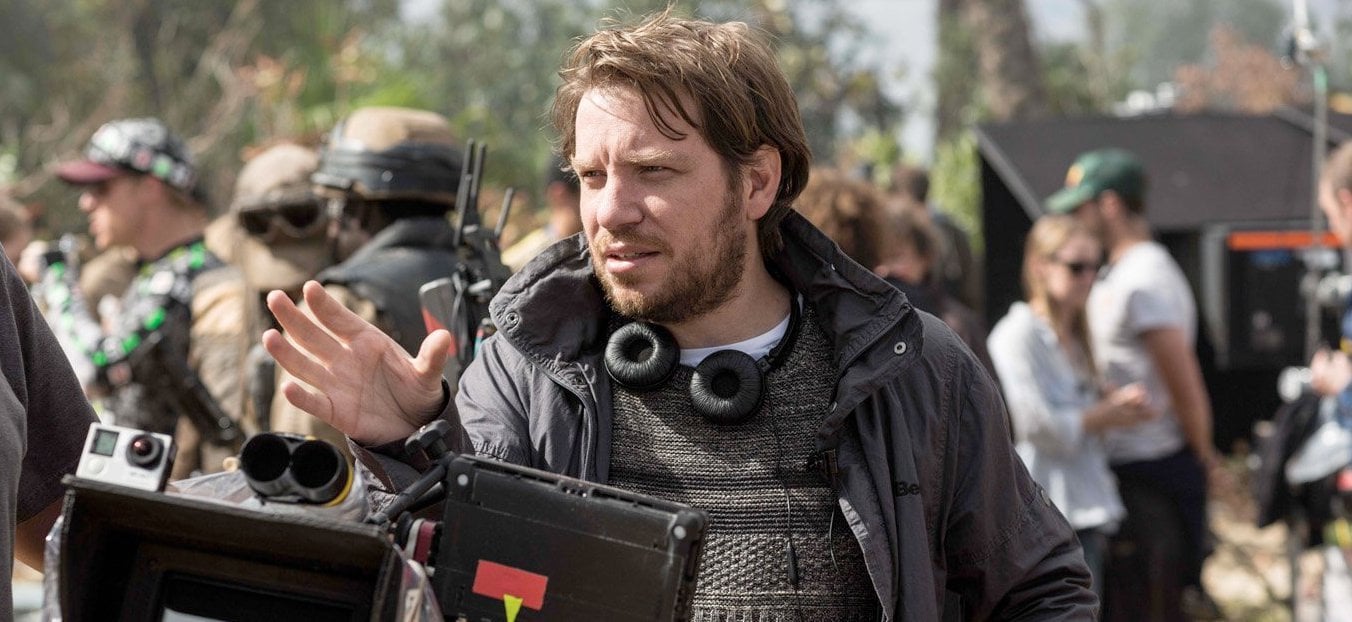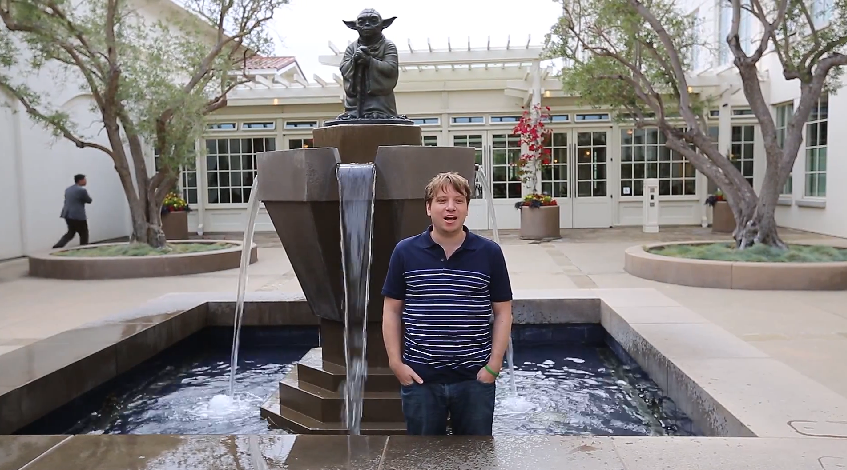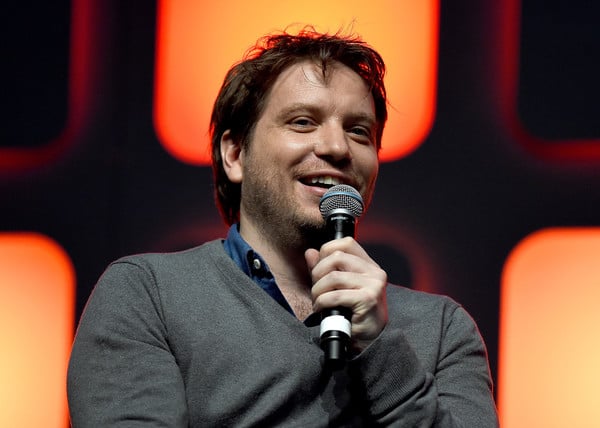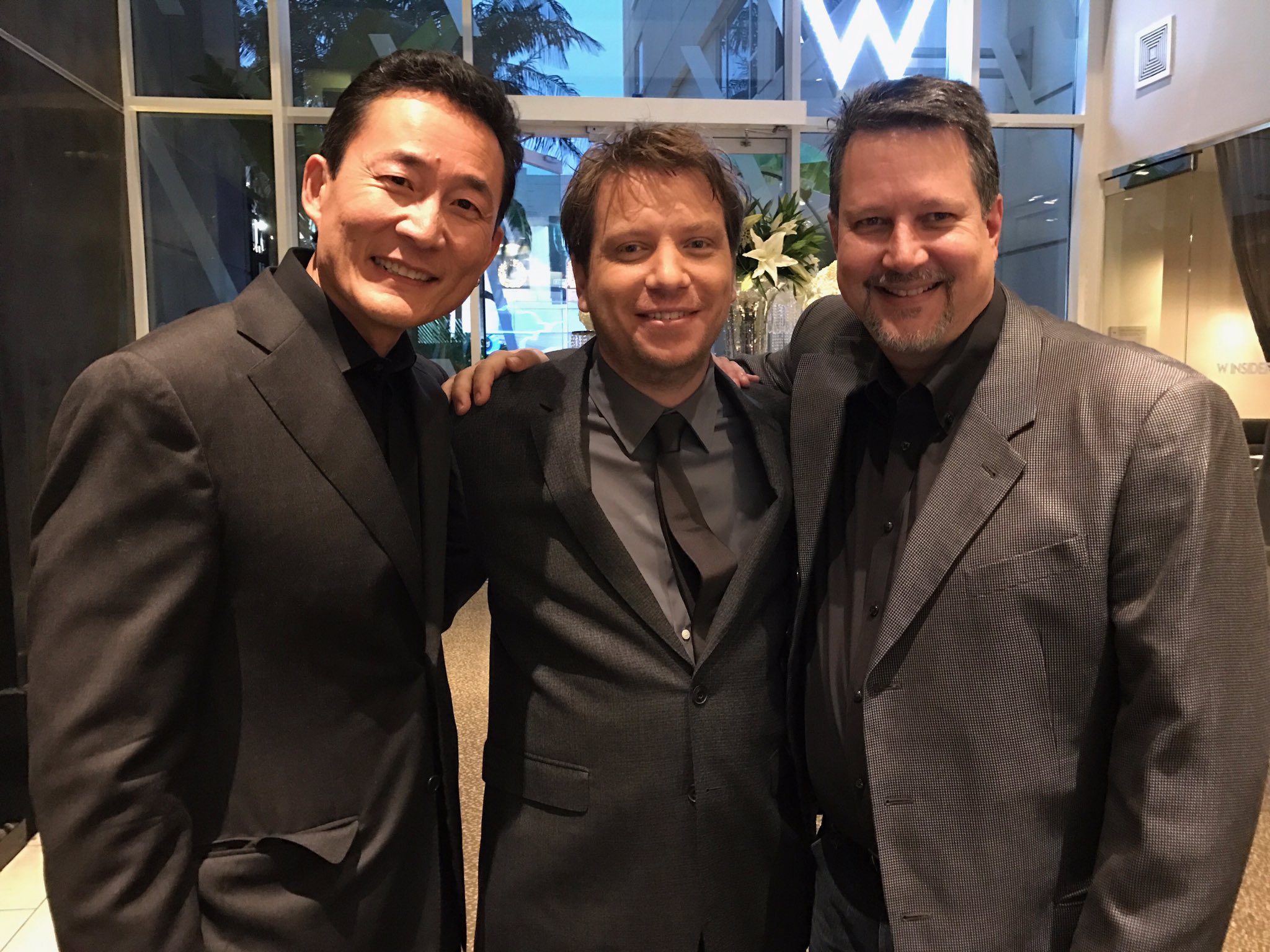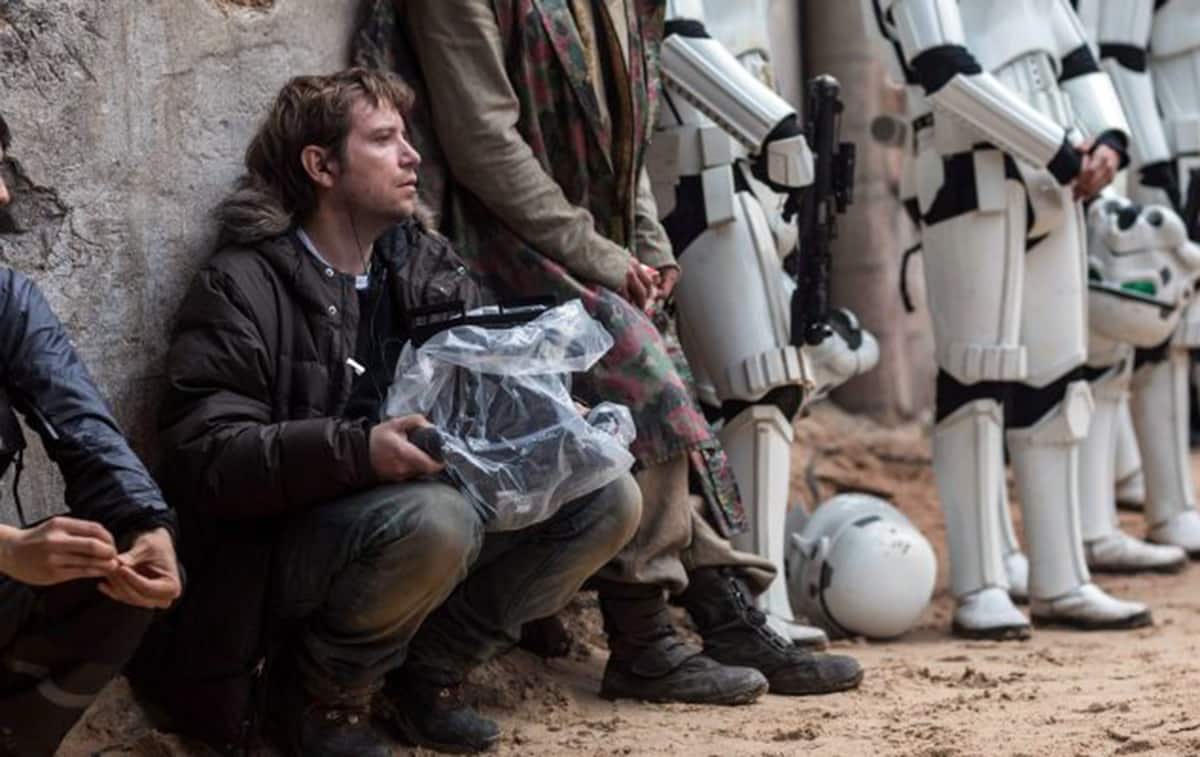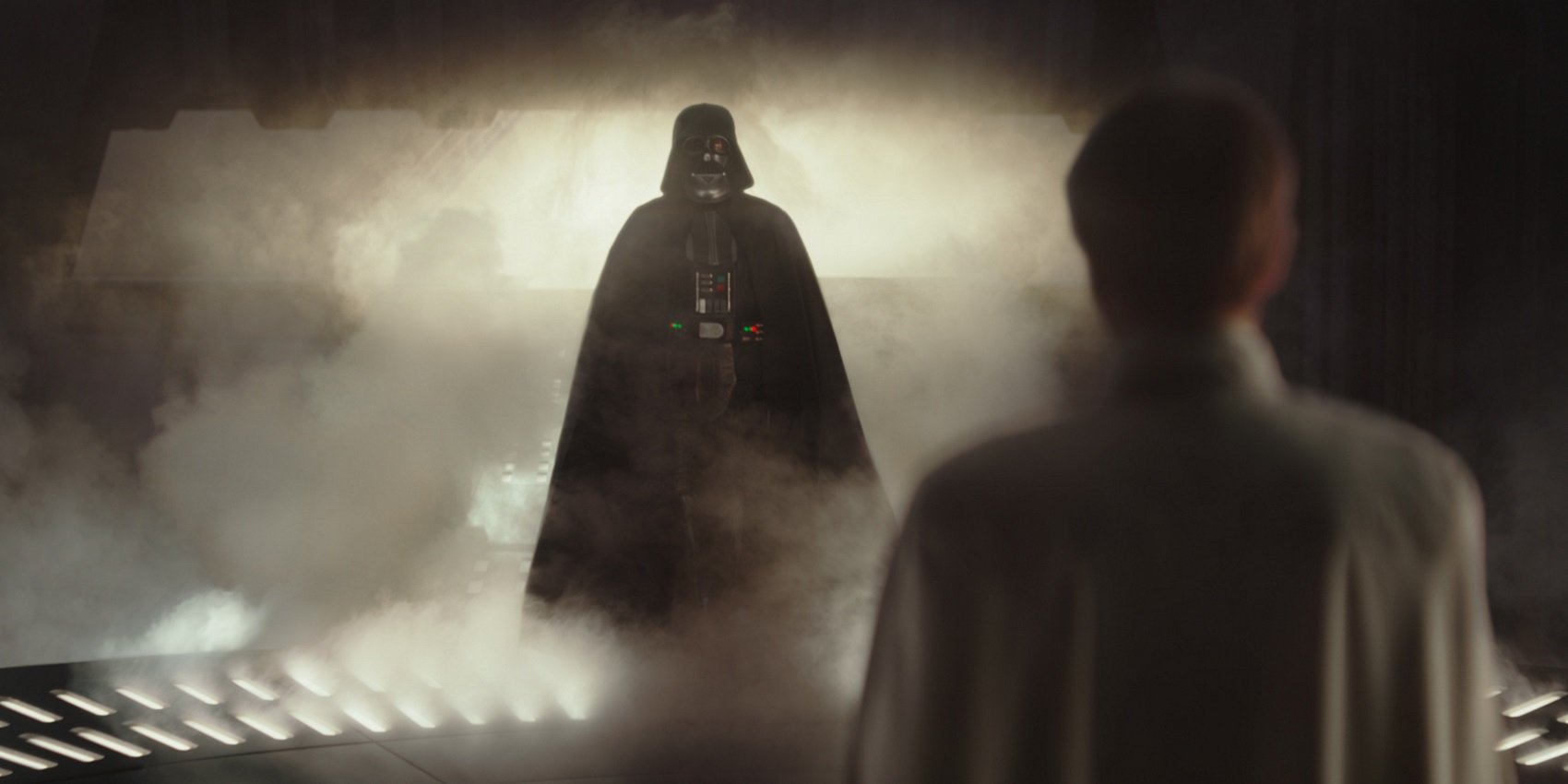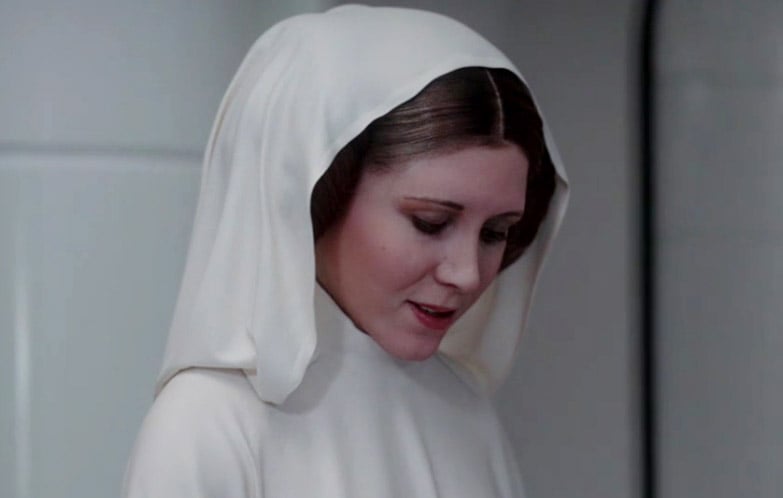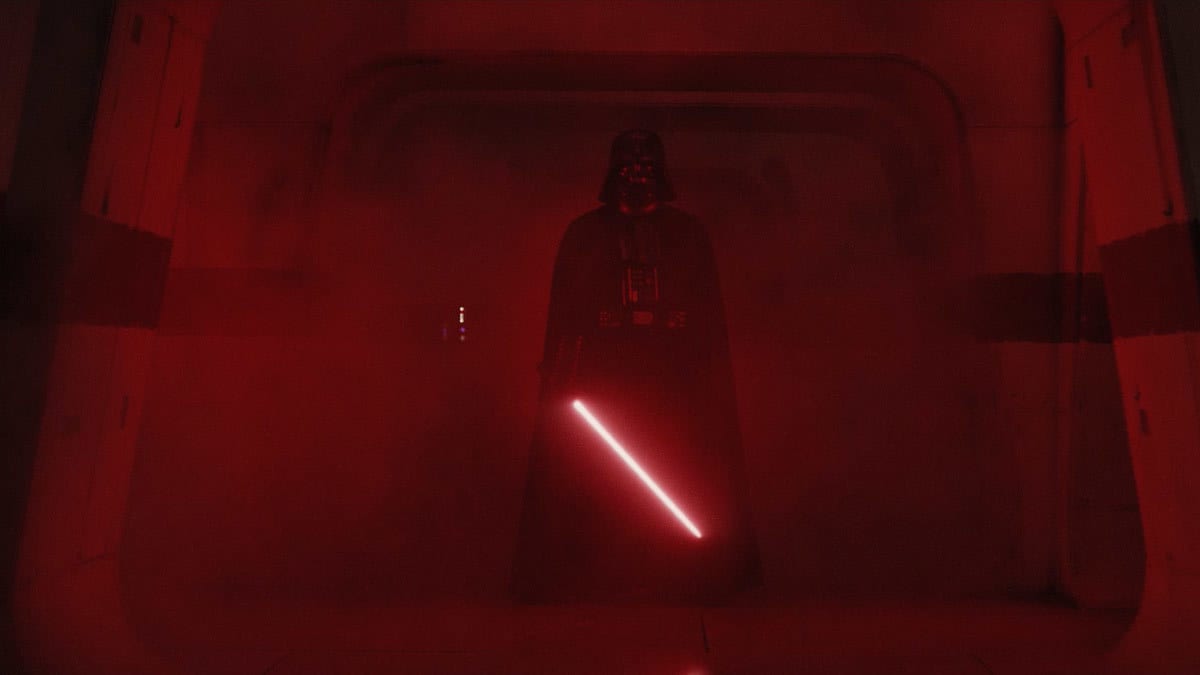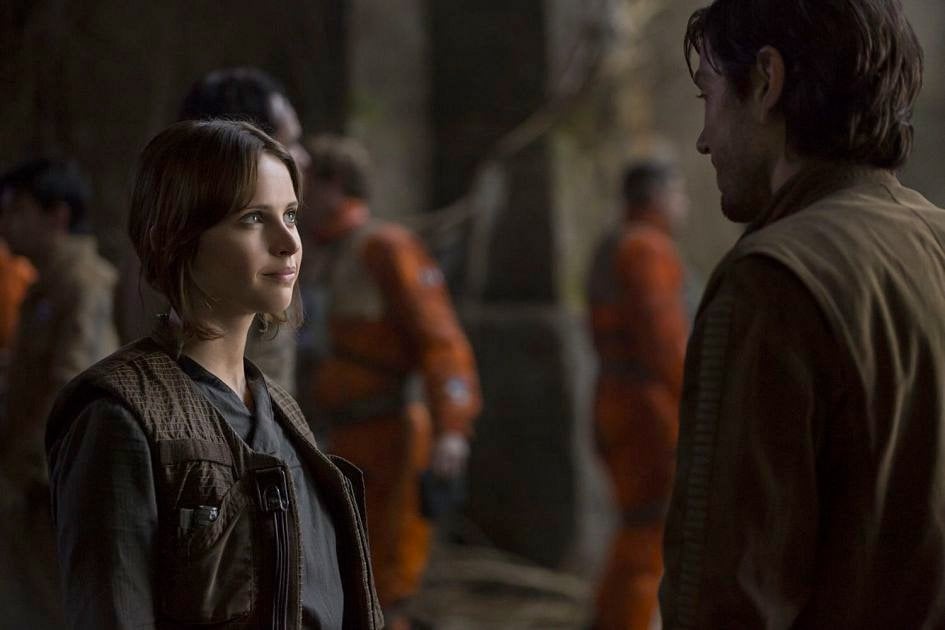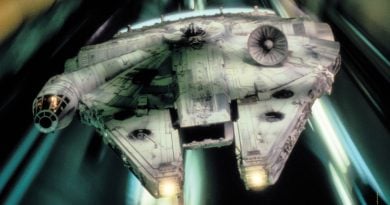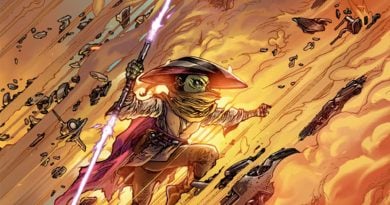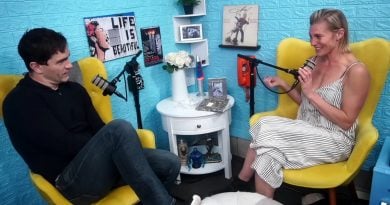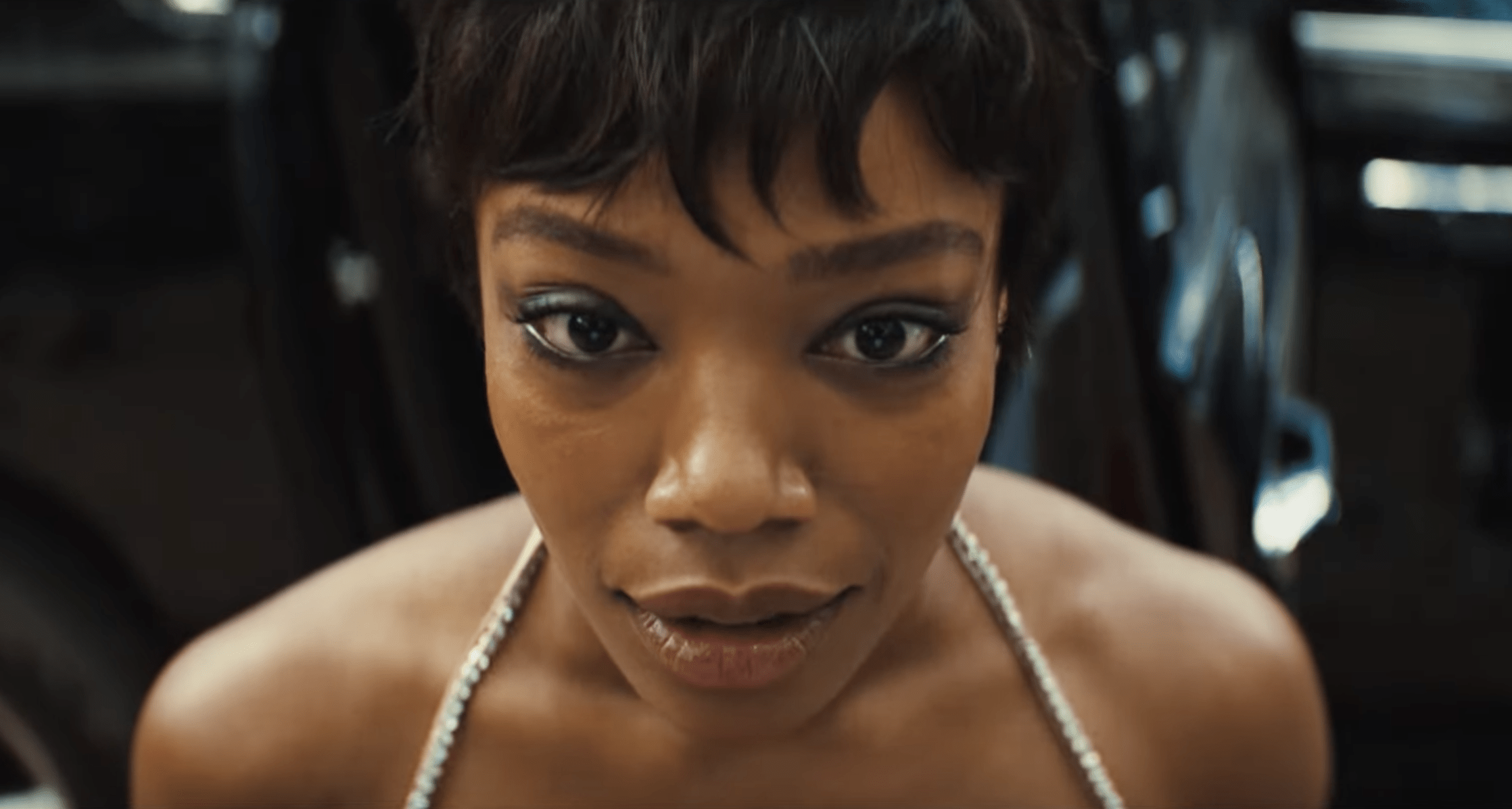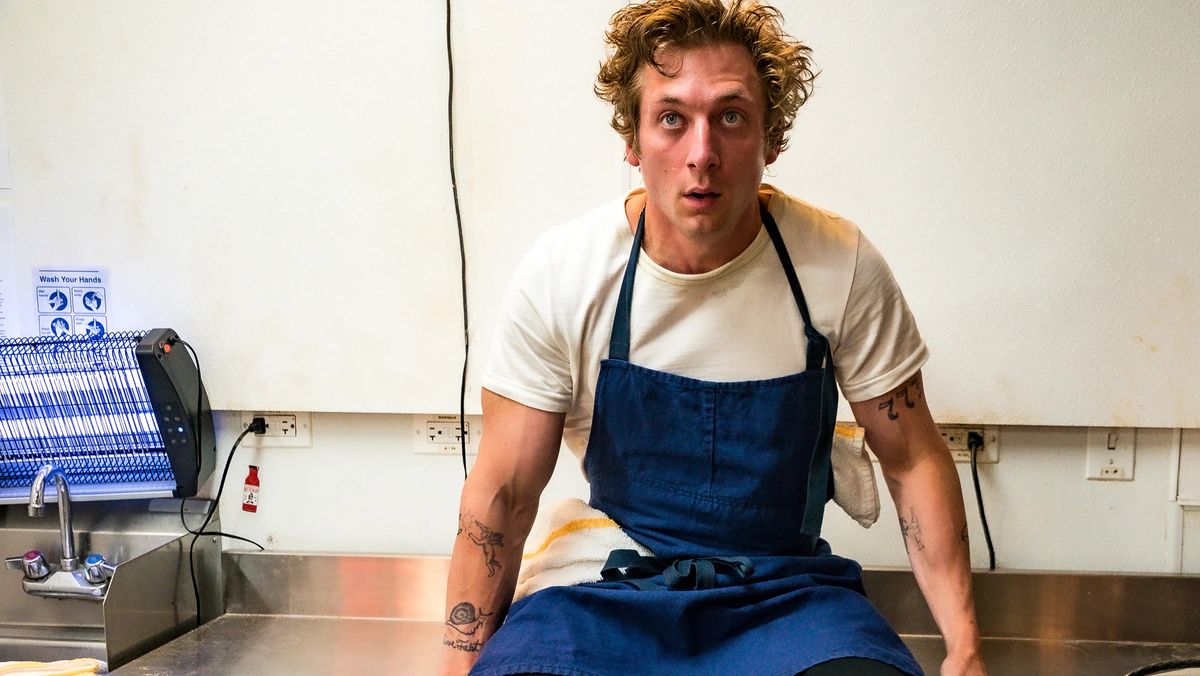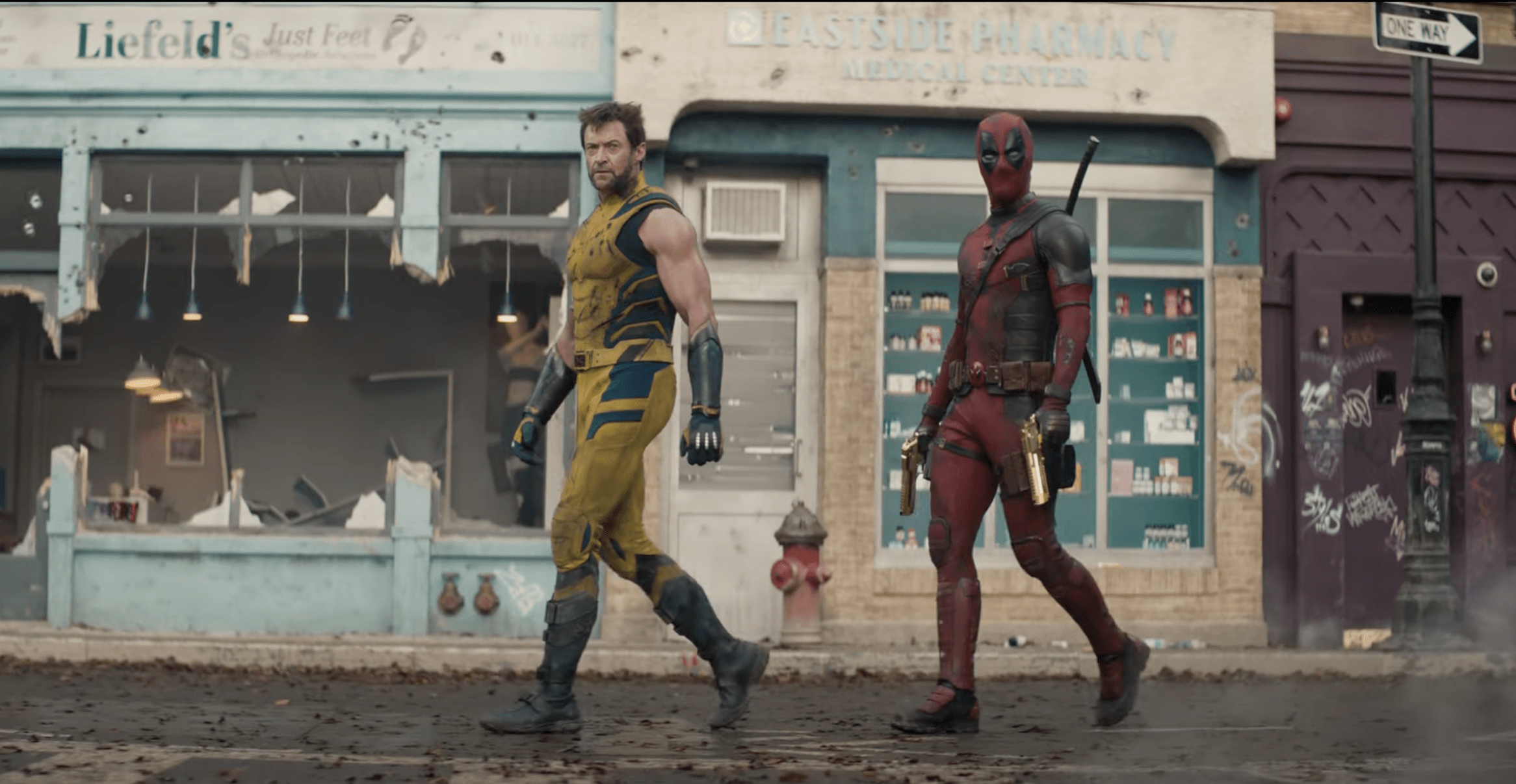Gareth Edwards Looks Back on the Making of ‘Rogue One’ Five Years Later
On the five-year anniversary of the release of Rogue One: A Star Wars Story, StarWars.com decided to have a chat with director Gareth Edwards to look back at the first spin-off movie in the Star Wars franchise. What follows are large fragments of a very long interview, so make sure to head over to the site to read the entire, uncut conversation.
Edwards told the website that he hasn’t watched the film since it came out, though he did watch it a handful of times around the time of release, since he attended several premieres and had to promote it as well. But of course, that doesn’t mean he is not fond of the film or the memories that come with it, especially given the fact that he made a Star Wars movie. He said:
“Obviously, it’s a dream come true. I know there’s millions of people like this, that love ‘Star Wars.’ But this is kind of the reason I got into filmmaking. If someone had told me when I was six that I was one day going to get to not just make a ‘Star Wars’ film, but make a ‘Star Wars’ film that connected to the film that I watched over and over every morning before I’d go to school?
You have to pinch yourself. You start to wonder whether this is all actually virtual reality. It seems too good to be true, like I’m playing the game version where I get to make a ‘Star Wars’ film. It’s not the sort of thing that should happen to you in your career, like even the best version of where your career could go. I feel very lucky and I consider it very sacred territory.”
He started meeting with Lucasfilm when he was in post-production of Godzilla (2014). At the time, the studio was meeting with dozens of filmmakers trying to figure out what their slate of movies was going to look like after the acquisition. About this period, he said:
“I remember when I first met with [Lucasfilm’s] Kiri Hart at the very beginning of it all, just snuck in for a very secretive meeting. I think they were meeting with loads and loads of filmmakers, like it was [when] ‘The Force Awakens’ was beginning. I don’t think anyone had announced the title or anything. We knew there was a ‘Star Wars’ film happening and probably more to come. At the time I was finishing ‘Godzilla,’ and they were at Disney, and you can walk from Warner Bros. to Disney in about 10 minutes. I was nervous about telling anyone that I was going for a meeting at Lucasfilm, because if things went well I’d be doing the ‘Godzilla’ sequel, and so I pretended I had to get some food or something. I just went down and met with Kiri Hart down the road.
I had this great meeting, but part of me was sitting there thinking — when they started talking about some of the things they wanted to do — I just remember thinking, ‘A) They’ll never offer this to me, and B) I don’t think I’d want to do it because you’ve got to be so careful with this stuff.’ It’s so important to so many people, including myself. She said, ‘I’ve got two ideas I’d like to send you that I think you’d be interested in,’ and she sent me one. I remember getting this email and thinking, I’ve got to sit down and really concentrate and savor this moment. This is the only time I’ll be sent an idea for a ‘Star Wars’ movie from Lucasfilm.”
Interestingly enough, that idea wasn’t the one, as he explained:
“I sat down, opened just a page or even a few paragraphs of description, and there was this one idea which was very, very cool and very good, but it wasn’t for me. I just felt like I’m not the guy to do that.
And then there was another idea as well, which obviously turned out to be John Knoll’s concept for a ‘Star Wars’ film. I started reading it, and I was like, ‘Okay, where is this going? What is this? Hang on, hang on.’ And then the last paragraph, it all tied in with ‘A New Hope.’ I had this love-hate relationship instantly where it was like, ‘They can’t do this film! They shouldn’t do this film, this is like hallowed ground, you can’t! You’re not allowed to!’ And the other part of me was like, ‘Wait a minute, am I being considered for this? I have to do this! There’s no way I can walk away from this. But hang on, no one should do this, but I have to do it!'”
He was really torn at the time, went back and forth with Kiri Hart, and ended up accepting after meeting with Kathleen Kennedy:
“Then I figured, they’re talking to maybe 20 filmmakers and I’m one of them, so I probably won’t even make the cut. I went in for a few more meetings, met with Kathy [Kennedy, Lucasfilm president], and it was all going very well. And then at one point I thought, I’m just going to ask the question just for my own piece of mind. I said, ‘How many other filmmakers and directors are you talking to about this?’ And they were like, ‘Oh, none.’ I was thinking, ‘Oh, God, are you crazy?’ [Laughs] And then for whatever reason, I got to do it.”
As mentioned earlier, it was John Knoll who came up with the idea for Rogue One. And Edwards couldn’t stop gushing about him:
“John Knoll was a hero of mine growing up, getting into visual effects. I always wanted to direct films but I came through — at some point in the industry, if you’re not given a directing gig straight from film school, you have to pick a career. And I picked visual effects. I sat and watched the making of ‘The Phantom Menace’ to death. I savored everything there was about Industrial Light & Magic. And obviously a lot of that material gravitated to John Knoll.”
“It never got old with John. You meet a lot of really super smart people in this industry, but John is truly like a genius. His résumé proves that, but he has such a fascinating mind. To be the guy that A) with his brother, came up with Photoshop, B) then did all that groundbreaking work on all the digital breakthrough films that changed cinema, and then C) to come up with this idea for a Star Wars movie. And then I get invited to the party. It was pretty incredible.”
Of course, making a Star Wars film comes with a lot of baggage, which he was well aware of:
“I felt a lot of pressure all the time, but I also felt like, if I had one specialist subject in my life, it’s probably ‘Star Wars: A New Hope.’ And if I had one thing that I always wanted to do more than anything else, it’s make films. And so I felt internally confident that I knew what I wanted this film to be, but I wasn’t sure at all that anyone else would want it to be that. That’s probably where any doubts would kick in.”
George Lucas was always pushing for the next big thing in technology, so according to Edwards, the way to honor him and the legacy of the franchise was to do the same when making Rogue One. And they did — though the final look of both Tarkin and Princess Leia in the film has been criticized over the years, the movie will probably be seen as a pioneer in digitally-created characters in a few years. Edwards talked a bit about this:
“Tarkin was an obvious [choice] — there’s no way you can tell this story and not have him in at least the periphery of the scenes that were going on, if not front and center. So he was always going to be mentioned, possibly seen, glimpsed, a little moment where you see him revealed somewhere slightly or at least understand that that’s probably him at the end of the corridor. But as we developed the script more and more, it became like, ‘He needs to be a proper character in this film for this to work.’
So we would obviously talk to John and the team and say, ‘Is this possible? Is this crazy? Should we steer away from it?’ And John would always light up and be like, ‘No, this is exactly what ILM is about. This is why we exist. Go for it.’
So I felt very encouraged. They were sort of excited about the idea of bringing Tarkin into the movie. We always knew there was probably going to be a Leia shot in some form somewhere, right at the end of the film, at least. So they had that technical hurdle to figure out.”
Edwards also discussed the lighting techniques that they used when shooting the Tarkin scenes. This was key to preserving continuity between Rogue One and the original trilogy, as he explained:
“There were a lot of clues, subconsciously to the viewer, that let you feel that this is the original New Hope, which included things like lighting. [Director of photography] Greig Fraser, who’s a master at lighting, he would have preferred to have done a different kind of lighting on Tarkin for a lot of the shots. But we noticed that if we did a more modern take on that, it didn’t feel like him. We had to sort of dial it back to the way they lit scenes in ‘A New Hope,’ in the late ‘70s. And then it would start to feel more real.”
When it came to bringing Vader to life, it was only a few camera tricks that did the job and helped them keep that consistency:
“We kept looking at these tests going, “This doesn’t feel like Vader, does it? What are we doing wrong? It just doesn’t feel the same.” And we started realizing that normally when you do a shot, you do an over-the-shoulder shot, and you film someone and then you do the reverse when you come around for a conversation. You come around. [Mimics camera rotating] In the original trilogy, when they would come around to do the reverse, the person in the foreground would always feel bigger than Vader, which felt wrong. So they always pull the camera back a little bit and then raise it up so that Vader, his eyeline was always the highest thing in the frame. If you didn’t do that, Vader felt small and not powerful. And so it was all these little tricks that we hadn’t thought of until we started failing at certain things.”
As Edwards described earlier, Star Wars is the reason why he became a filmmaker, and he knew A New Hope like the back of his hand. Luckily, Guy Henry, who played the on-set version of Tarkin, had become an actor because of Peter Cushing, which was why he accepted the job:
“We lucked out with Guy Henry. He was the actor who played Tarkin for us, with all the dots on his face and everything. When I went to speak with him and meet with him to try to talk him into it, it was a strange request for an actor. You’re basically saying, ‘Can you be in our movie, but can we replace you with another actor and have nobody know that you did this?’ You’d imagine him saying a ‘what’s in it for me’ kind of thing. But he said, ‘You know what, Gareth? If you’d said any other actor in the history of cinema, I would say no, but Peter Cushing was the reason [I’m an actor].’ That actor, Guy Henry, his first role on TV was playing Sherlock Holmes. So he watched all of Sherlock Holmes, Peter Cushing’s version of Sherlock Holmes, and sort of started emulating him in the beginning of his career. It sort of stuck, I think. He’s always held him in this high regard, as well. So we kind of lucked out with him, that he had all the same mannerisms in his performances.”
Princess Leia was the other character that was digitally recreated in Rogue One. While they were preparing the movie, Carrie Fisher was doing The Force Awakens, and Gareth Edwards visited the set, though he never spoke to her. It was Kathleen Kennedy who did, as he said:
“We knew we were going to potentially do this, so I always imagined at some point there would be a conversation to be had about it with her, and it was just who would end up doing that. Kathy [Kennedy] was very friendly with her, so Kathy, essentially, was the one to talk to her about it all. And she was in full agreement and happy about it. So we just carried on.
I always thought, ‘I guess I’ll get to see her at the premiere or at some point afterwards, and be able to thank her personally.’ And obviously that was not possible. It came completely out of the blue.”
Perhaps the most memorable sequence in the entire film is Vader wreaking havoc at the very end, something that made most of us cry our eyes out. And Edwards is very aware of the weight of that sequence. He discussed how that came to be:
“It was a last-minute decision, and credit goes to Jabez Olssen, who was an editor on the film. We always wanted Vader in the movie as much as possible without playing that card too often. At the time it felt like there were some other things in the works, and maybe we should stay clear of Vader a little bit and not abuse that situation.”
“Then, through just the way things just played out, it had sort of slipped by that we didn’t have this T. Rex ‘Jurassic Park’ moment of the main bad guy coming back at the very end. Jabez brought it up and said, ‘We should do this. How about if he’s in the sequence that leads to the blockade runner?’ And I was like, ‘Yeah, I’d love to do that, obviously, but we’re just out of time.’ So when Kathy came in to look at something, Jabez just brought it up with her, and she went, ‘That’s a great idea.’
So suddenly we were allowed to do it. It was this last-minute scramble where we all went to Pinewood a few weeks later and were shooting that. It was weird. I felt like, when we were filming it, I didn’t realize how significant it would be in the film. I just thought it was a nice little cherry on top. I really didn’t think it would be what everyone talked about when they talk about the movie. I just thought it was just tying a bow, having a Vader reprise at the end of the story. “
As he went on to explain, that was a very special moment for everyone involved:
“You sort of play out your career in your mind and think, ‘I’m never going to do anything that significant again where it means so much to me to get to play in that sandpit with Darth Vader at the end of that film.’ And obviously, I’ve got my cameo in there, launching the ship.
It really did feel like everything had gone full circle, like the thing that had inspired us as kids. One of the crew members brought his original toy R2-D2 and C-3PO. We put them on the floor of the blockade runner and took a picture, and it was a bit like, ‘This is where it all began. This is where we all started with filmmaking, technically on this very set.’ It was sort of emotional for us. It was a spiritual homecoming, in a weird way.”
One of the other big risks the movie took was killing off all of its characters by the end. Though fans may have expected this going in, many also thought that Disney would never allow them to do that. It wasn’t the case, as Edwards explained:
“No, no. I’m really pleased that they all died. [Laughs] As bad as that sounds. They don’t appear anywhere else in the original trilogy, so if they had lived and had any sort of significant story in terms of their lives, it would have been strange for them not to have a fleeting glimpse somewhere in the original trilogy.
What was most sort of surprising is I kept waiting for the decree from above to be, ‘You’ve got to have some of them live. You’ve got to have this one live, or that one live.'”
“It’s hard to think of a big studio film where all the central characters died that’s a family movie. That’s an element that I’m quite proud of, because to be honest it feels true to the subject matter, which is, essentially, war. If we were telling a World War II story about a group of friends or enemies that got together to defeat a common foe, it’s really likely they wouldn’t have made it out alive.”
Lastly, he was asked if he’d ever do another Star Wars movie. And he seems pretty convinced about his answer:
“Oh, God. I think it’s amazing to be offered it once in your life. It’s like going to the moon. ‘Star Wars’ is the most incredible franchise ever created, in my opinion, and will always have a special place in my heart. But I feel like I got to climb Everest, you know. I got to land on the moon. And I’m very happy with that. So I need to step aside and let someone else carry on the legacy.
Also doing it, it felt like it was never my film. It was always something we’d borrowed from George.”
“I feel like maybe the new future of Star Wars is that kind of passing of the torch, rather than one person defining it all. It’s this thing that lots of artists and filmmakers can play with and bring their voice to. Like, we see different versions of that world. I think that’s more exciting. It’s like in the US where you can only be president for two terms. That’s a good thing. I think it’s exciting to have new filmmakers come along and give it a fresh spin.”
Five years later, Rogue One has overall sat well with audiences. The movie made over $1 billion at the box office, and served as the launching point for a spin-off series on Disney Plus, Star Wars: Andor, which will be coming out sometime between July and September 2022. Diego Luna (Cassian Andor), Forest Whitaker (Saw Gerrera), and Genevieve O’Reilly (Mon Mothma) will be reprising their respective roles from the movie. Tony Gilroy, who co-wrote the movie as well, is credited as the main writer and showrunner in Andor.
Miguel Fernández is a Spanish student that has movies as his second passion in life. His favorite movie of all time is The Lord of the Rings, but he is also a huge Star Wars fan. However, fantasy movies are not his only cup of tea, as movies from Scorsese, Fincher, Kubrick or Hitchcock have been an obsession for him since he started to understand the language of filmmaking. He is that guy who will watch a black and white movie, just because it is in black and white.

